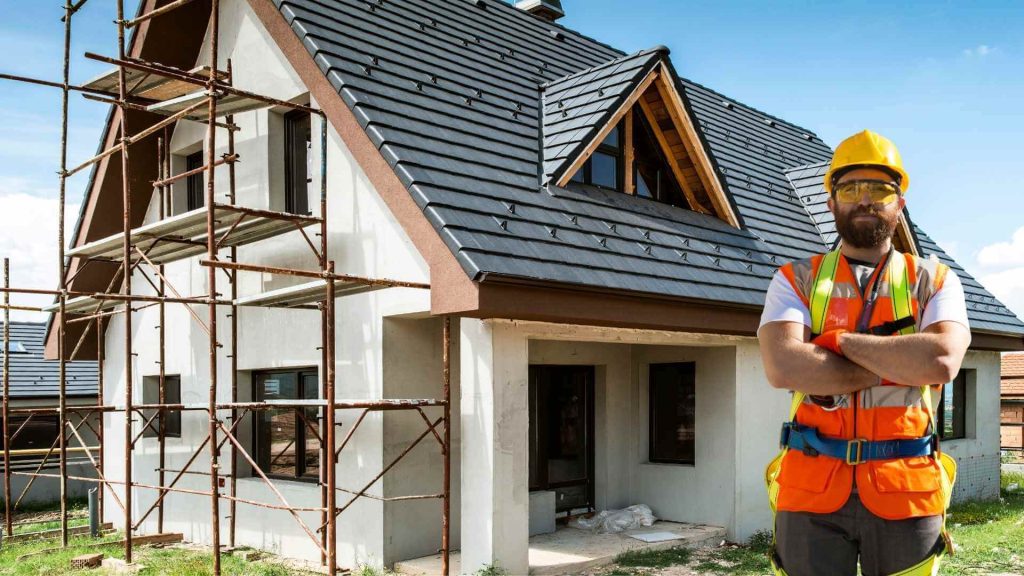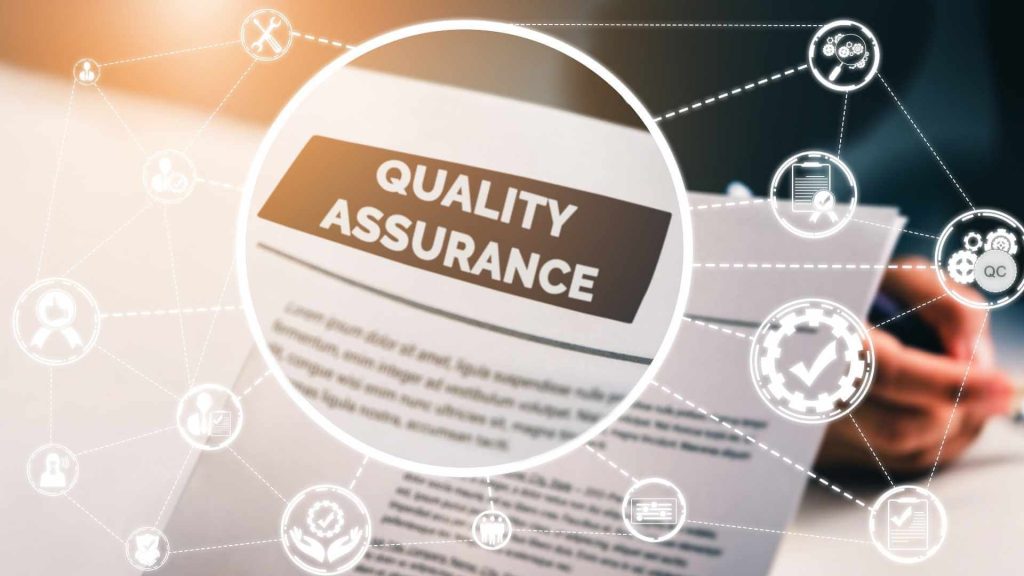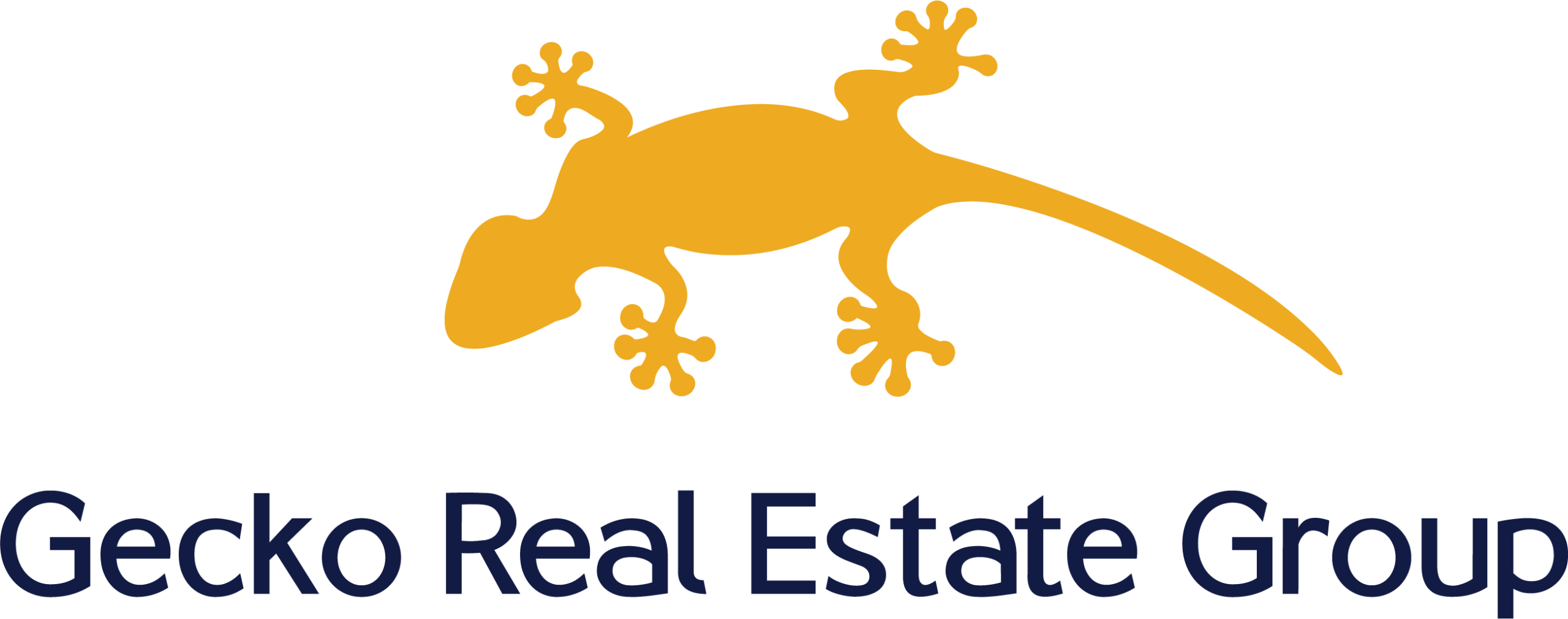Welcome to Mexico Custom Homes
1902 Wright Pl Ste.200
Carlsbad, CA, 92008
Send Your Mail At
Working Hours
Mon-Sat:9.30am To 7.00pm

- 0 Comments
- By Xeeshan
Understanding Risk Management in Construction and the Role of an Owner’s Representative in Mitigating Risks
Risk management is crucial in the construction industry, where unexpected events and potential hazards can significantly impact project timelines, costs, and overall success. By systematically identifying, assessing, and mitigating risks, construction teams can avoid costly delays, ensure safety, and achieve the project’s objectives. One key player in managing these risks is the Owner’s Representative (OR), who acts as the project owner’s advocate throughout the construction process.
In this article, we’ll explore what construction risk assessment entails and how an Owner’s Representative plays a pivotal role in mitigating risks.
What is Risk Management in Construction?
Risk management in construction refers to the process of identifying, analyzing, and addressing potential risks that could disrupt or negatively impact a project. By proactively managing risks, construction teams can minimize their impact, ensuring the project’s successful completion.

Construction risk control is a critical component in achieving key project objectives such as staying within budget, meeting deadlines, and complying with safety and quality standards. Without a solid risk management plan, projects are more susceptible to unforeseen issues, delays, and safety concerns, which can result in significant financial and reputational losses.
Key Components of Construction Risk Management
1. Risk Identification
The first step in risk management is identifying the risks that may arise during the course of the project. These risks can range from unforeseen site conditions, design issues, and financial uncertainties, to delays in material delivery or changes in regulations. Identifying potential risks early on allows project managers to prepare appropriate strategies to address them.
2. Risk Assessment
Once risks are identified, the next step is assessing their likelihood and potential impact. Some risks, such as inclement weather, are unpredictable but can have a significant effect on the schedule. Others, like construction defects, may have long-term consequences for both the project and its stakeholders. Risk assessment helps prioritize which risks require immediate attention and resources.
3. Risk Mitigation Strategies
Developing effective risk mitigation strategies is the key to reducing the likelihood of risks materializing or minimizing their impact if they do. This may involve implementing safety measures, building contingency plans into the project budget, securing appropriate insurance coverage, and selecting reliable suppliers.
4. Monitoring and Control
Risk management doesn’t end once strategies are in place. Continuous monitoring and control are essential throughout the life of the project. This involves tracking identified risks, assessing new risks, and adjusting mitigation strategies as needed to ensure that the project stays on course.
The Role of an Owner’s Representative in Mitigating Construction Risks
An Owner’s Representative (OR) serves as the liaison between the project owner and other stakeholders, ensuring that the owner’s interests are protected and that the project is managed effectively. The Owner’s Representative is typically appointed to oversee the construction process on behalf of the project owner, providing expertise in risk management, contract administration, and overall project execution.
Responsibilities of an Owner’s Representative

1. Project Oversight
The Owner’s Representative plays an essential role in overseeing the project, ensuring that it aligns with the owner’s objectives, budget, and timeline. This includes monitoring construction activities, tracking milestones, and ensuring that all project deliverables meet the expected quality standards.
By maintaining regular oversight, the OR can identify potential risks early and recommend adjustments to mitigate them. For example, if the construction schedule is at risk due to supplier delays or adverse weather, the OR can help identify alternative solutions to avoid project disruption.
2. Risk Management
One of the primary roles of an Owner’s Representative is to proactively identify and assess risks throughout the project. The OR’s deep knowledge of construction processes and their ability to anticipate potential risks enables them to develop effective risk mitigation strategies.
Whether the risks are related to financial matters, safety concerns, legal compliance, or supply chain issues, the OR takes steps to manage these risks and prevent them from escalating. For example, the OR may recommend that the project budget include contingency funds to cover unexpected expenses, or they may work with contractors to ensure that safety protocols are followed to minimize injury risks.
3. Quality Assurance
The Owner’s Representative is responsible for ensuring that construction work meets the required quality standards. This is important for preventing defects and ensuring that the project is completed to the owner’s specifications. If any issues arise during construction, such as subpar materials or workmanship, the OR intervenes to ensure that corrective actions are taken.
By enforcing quality assurance measures, the OR helps mitigate risks related to construction defects, delays due to rework, and long-term project failures.
4. Stakeholder Communication
Effective communication among all project stakeholders—such as contractors, architects, subcontractors, and the owner—is essential for mitigating risks. The Owner’s Representative acts as the central point of contact, ensuring that all parties are aligned and aware of potential issues.
Clear and transparent communication helps prevent misunderstandings and delays, and ensures that risks are addressed in a timely manner. For instance, if there are regulatory changes or unforeseen environmental risks, the OR ensures that all stakeholders are informed and that the project adapts accordingly.
Construction Risk Assessment and Mitigation Strategies
Effective construction risk assessment and the development of risk mitigation strategies are essential to ensuring a project’s success. By evaluating and addressing risks, project teams can prevent major disruptions and ensure the project’s objectives are met.
Construction Safety Protocols
Safety is one of the most important aspects of construction risk management. A comprehensive safety protocol helps mitigate risks related to accidents, injuries, and fatalities. It includes guidelines for equipment use, worker safety training, and site-specific safety measures.
Common safety measures include providing personal protective equipment (PPE), conducting regular safety audits, and having an emergency response plan in place. Safety protocols also involve ensuring that workers are adequately trained and aware of safety practices on-site.
Financial Risk Management
Managing financial risks is another crucial aspect of construction risk management. Construction projects are often subject to budget overruns, unexpected costs, and cash flow issues. Financial risks can arise from delays, mismanagement, or unforeseen complications.
To mitigate these risks, construction teams can develop a project risk management plan that includes detailed budget forecasting, contingency planning, and regular financial monitoring. Additionally, securing comprehensive insurance coverage and ensuring compliance with contract terms are essential for protecting against financial risks.
Quality Assurance in Construction

Quality assurance (QA) ensures that the work meets the specifications set out in the project plan. Regular inspections, material testing, and adherence to quality standards help avoid defects that could lead to delays or increased costs. Having a strong QA process in place allows the team to address issues before they escalate, ensuring the project stays on track and meets quality standards.
Legal Compliance in Construction
Legal compliance in construction involves ensuring that all activities comply with local, regional, and national laws and regulations. This includes obtaining necessary permits, following building codes, and adhering to labor laws.
The Owner’s Representative helps ensure that the project meets all legal requirements, which can help mitigate risks related to legal disputes, fines, and project delays. Ensuring compliance with legal standards is a critical step in protecting both the project and the stakeholders involved.
Environmental Impact Assessment
Construction projects can have significant environmental impacts, including pollution, habitat disruption, and resource depletion. Conducting an environmental impact assessment (EIA) helps identify potential environmental risks and develop strategies to minimize harm.
An effective EIA considers factors such as waste management, energy use, water consumption, and site restoration. By addressing environmental concerns, construction teams can reduce risks related to regulatory violations, public opposition, and long-term environmental damage.
Supply Chain Risk Management
The construction supply chain involves many moving parts, from sourcing raw materials to ensuring timely deliveries. Supply chain risks can arise from vendor delays, price fluctuations, or even geopolitical events.
To mitigate these risks, the Owner’s Representative ensures that suppliers are reliable and that there are contingency plans in place for material shortages. This may include sourcing materials from multiple suppliers or establishing buffer stock to manage unforeseen disruptions.
Labor Risk Management
Labor risks include challenges related to workforce availability, labor strikes, and compliance with labor laws. The Owner’s Representative ensures that labor practices are in line with legal requirements and that the workforce is adequately trained and skilled for the project.
Additionally, the OR helps address issues such as absenteeism and ensures that the workforce is managed efficiently to avoid delays and quality issues.
Regulatory Risk Compliance
Regulatory risk compliance is essential to ensure that all construction activities adhere to relevant regulations. This includes zoning laws, safety standards, and environmental regulations. Non-compliance can result in fines, project delays, and even legal disputes.
An Owner’s Representative ensures that the project complies with all relevant regulations and stays updated on any changes to the regulatory landscape that may affect the project.
Developing a Project Risk Management Plan
A Project Risk Management Plan outlines how risks will be identified, assessed, and managed throughout the project. This plan includes clear guidelines for risk management, including procedures for identifying risks, assessing their likelihood and impact, and implementing mitigation strategies.

By developing a detailed risk management plan, project owners and teams can ensure that all potential risks are addressed and that resources are allocated effectively to reduce the impact of unforeseen challenges.
Utilizing a Risk Breakdown Structure (RBS)
A Risk Breakdown Structure (RBS) is a hierarchical tool used to identify, categorize, and assess potential risks. It helps organize risks into different levels, such as financial, operational, and safety risks, and allows teams to focus on the most significant risks first.
By using an RBS, project teams can ensure that all risks are systematically considered, which makes it easier to develop effective risk mitigation strategies and track risk management progress throughout the project.
Conclusion
Risk management is a vital part of construction projects, ensuring that potential risks are identified, assessed, and mitigated early in the process. The Owner’s Representative (OR) plays a crucial role in overseeing the project, managing risks, and ensuring that the owner’s interests are protected. From ensuring legal compliance and quality assurance to addressing financial, labor, and supply chain risks, the OR is integral in ensuring that the project runs smoothly and successfully.
By implementing effective risk management strategies, project teams can mitigate the risks associated with construction, creating a safer, more efficient, and successful project.

Leave A Comment
You must be <a href="https://mexicocustomhomes.com/wp-login.php?redirect_to=https%3A%2F%2Fmexicocustomhomes.com%2Fconstruction-risk-management-owners-representative-role">logged in</a> to post a comment.